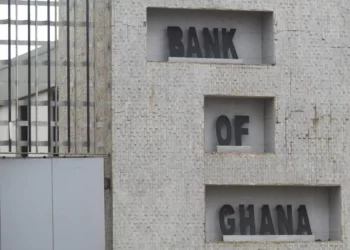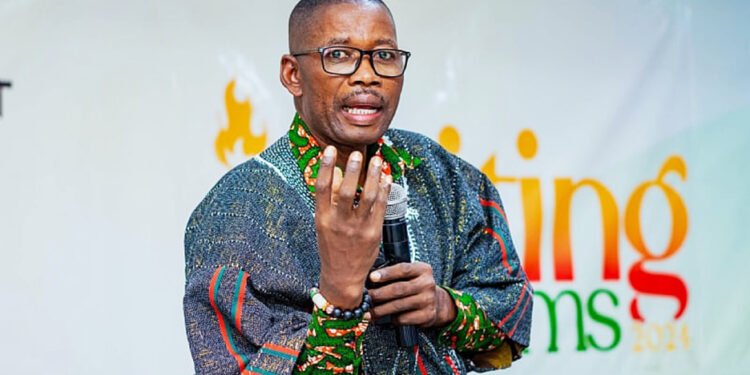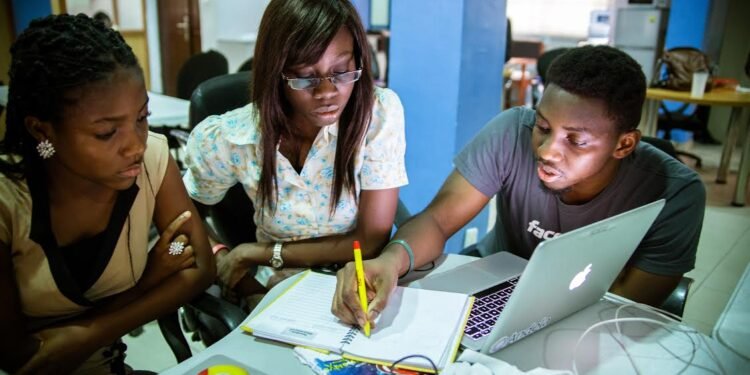The government has taken a bold step toward strengthening gender-inclusive economic growth with a historic GH¢401 million capital injection into the Women’s Development Bank.
Announced as part of the 2026 Budget Statement and Economic Policy presented to Parliament, this unprecedented investment underscores the administration’s commitment to empowering women entrepreneurs and expanding access to affordable finance for women-owned micro, small, and medium enterprises (MSMEs). The initiative builds on last year’s GH¢51.3 million seed funding, marking a significant leap in government support for women-led economic transformation.
Presenting the budget, Finance Minister Dr Cassiel Ato Forson emphasised that the enhanced funding aligns with the government’s broad strategy to drive inclusive growth, crowd in private sector capital, and foster innovation. “Mr Speaker, to crowd-in finance for women-owned MSMEs, we are providing another GH¢401 million to the Women’s Development Bank,” he disclosed. This investment reflects the administration’s recognition of women as powerful agents of economic change and engines of job creation.
Women-led businesses constitute more than 44 percent of Ghana’s MSME sector, yet many continue to grapple with structural barriers, particularly inadequate access to affordable credit. By addressing these bottlenecks, the government aims to unlock the full potential of women entrepreneurs and enhance their contribution to national development.
Strengthening Access to Finance Across All Regions
The additional GH¢401 million is expected to significantly expand the Bank’s capacity to support women entrepreneurs across all 16 regions of Ghana. When operational, the Women’s Development Bank will offer a blend of concessional loans, financial literacy programmes, and business development services tailored to the unique needs of women-led enterprises.
These interventions are designed to help small businesses scale up, modernise their operations, and integrate more effectively into formal markets.
Crucially, the Bank is also expected to use part of its new funding to establish credit guarantee schemes and develop innovative de-risking mechanisms. This will encourage rural and community banks—who often view MSMEs as high-risk borrowers—to extend more credit to women-led businesses, especially in underserved and remote areas.
Closing the Credit Gap for Women-Led MSMEs
Despite their strong presence in the MSME landscape, many women entrepreneurs still face difficulties accessing funding due to stringent collateral requirements, high interest rates, and low financial literacy levels. The 2026 Budget recognises these challenges and positions the Women’s Development Bank as a key instrument for bridging the gender financing gap.
Dr Forson highlighted that the government’s strategy involves leveraging private investment and tapping into development finance partnerships to amplify the impact of the new allocation. By blending public resources with private capital, the Women’s Development Bank is expected to create a more sustainable and scalable financing ecosystem for women-owned businesses.
The initiative also complements several flagship government programmes meant to stimulate job creation and economic expansion. These include the 24-Hour Economy Programme, the Big Push Infrastructure Plan, and the Accelerated Export Development Initiative. Together, these interventions aim to create a dynamic environment for small businesses to thrive, with a strong emphasis on opportunities for women and youth.
Through its integrated model of financial support and capacity building, the Women’s Development Bank is poised to become a central pillar in these job creation strategies. By equipping women with the capital and skills necessary to expand their operations, the Bank will contribute directly to the growth of local industries, export potential, and community-level employment.
Driving Financial Inclusion and Regional Equity
One of the most transformative aspects of the government’s investment is its potential to reduce regional disparities in access to finance. Historically, women in rural communities have been the most excluded from mainstream financial services. By partnering with rural and community banks, the Women’s Development Bank will extend its reach to women in agriculture, agro-processing, trade, manufacturing, and other MSME sectors that anchor local economies.
This inclusive approach will not only stimulate grassroots economic activity but also strengthen resilience across the regions. Women-led enterprises play a crucial role in household welfare, community development, and social stability, making the Bank’s nationwide outreach a key driver of balanced national growth.
The government’s GH¢401 million allocation to the Women’s Development Bank marks a pivotal moment in Ghana’s journey toward gender-sensitive economic transformation. By expanding access to affordable financing, de-risking women-focused lending, and providing vital capacity-building tools, the Bank will empower thousands of women entrepreneurs to grow, innovate, and contribute more significantly to the economy.
With women representing nearly half of the MSME sector, this investment holds the promise of accelerating inclusive development, boosting job creation, and building a more resilient and equitable economic future for the country.
READ ALSO:Market Turnover Plunges 46% as Benso Oil Palm Leads Widespread GSE Gains























